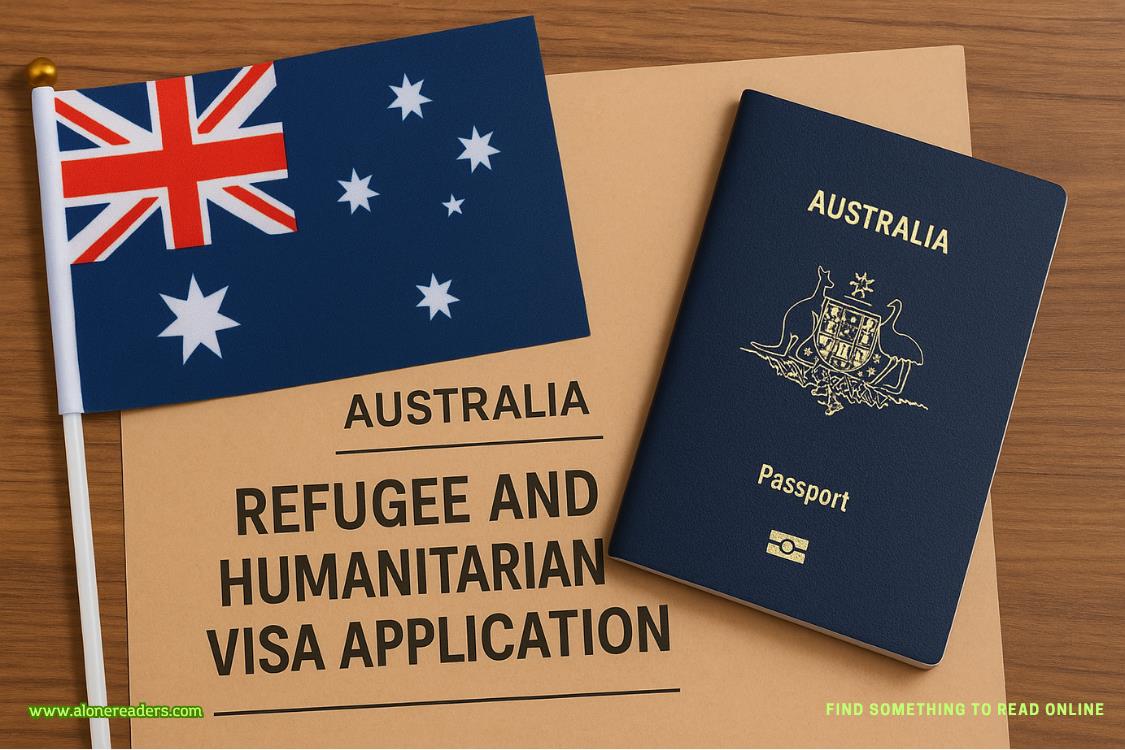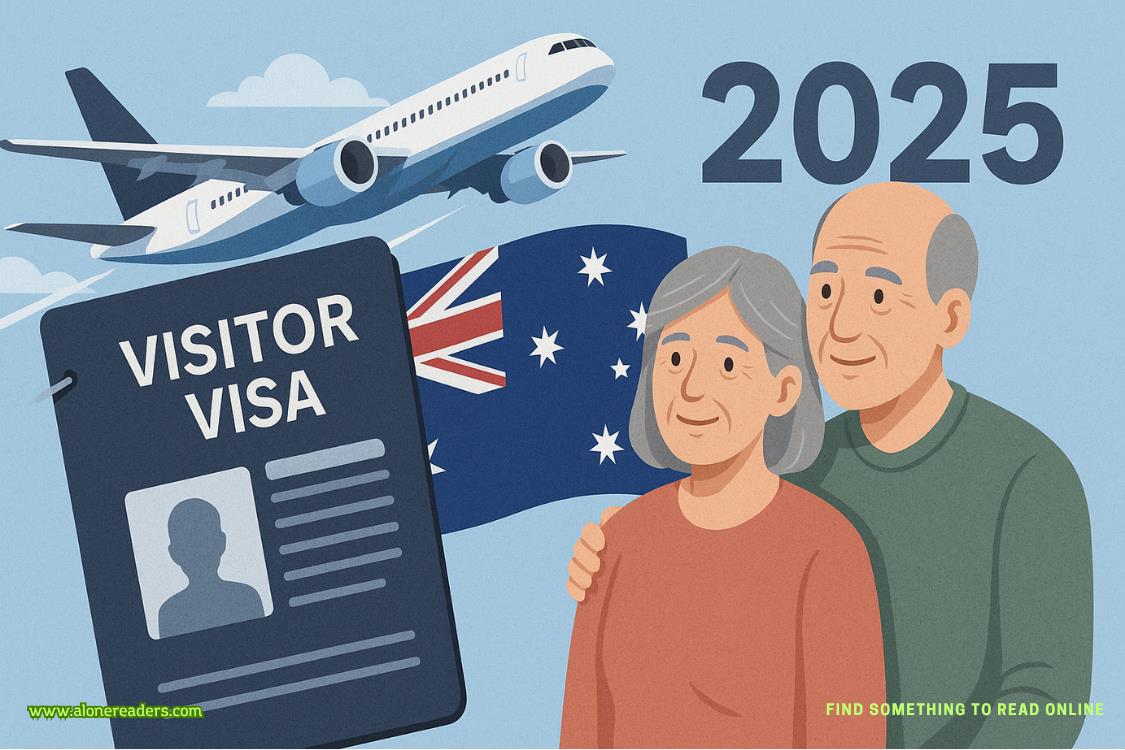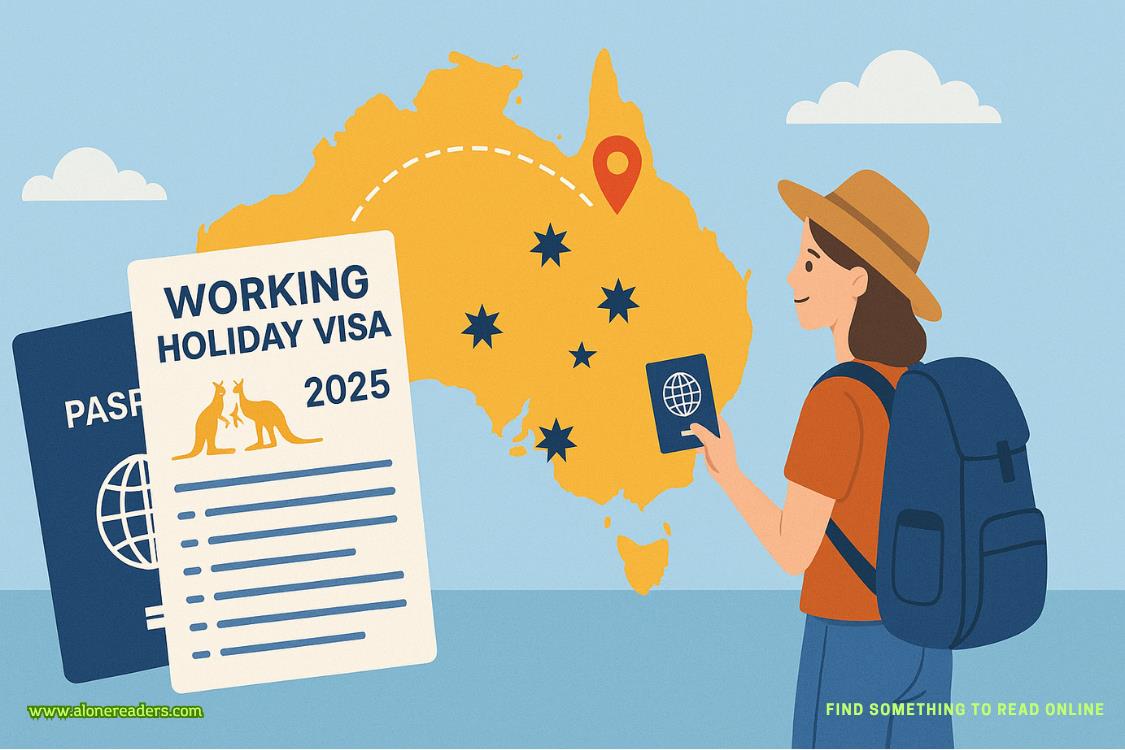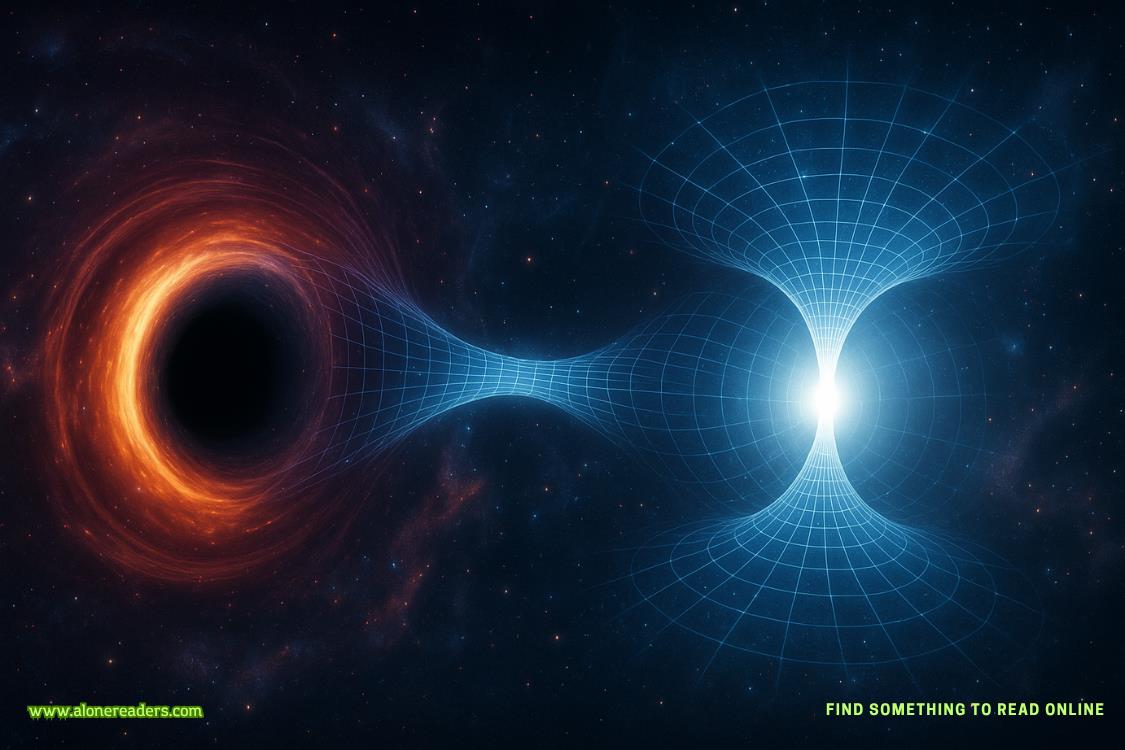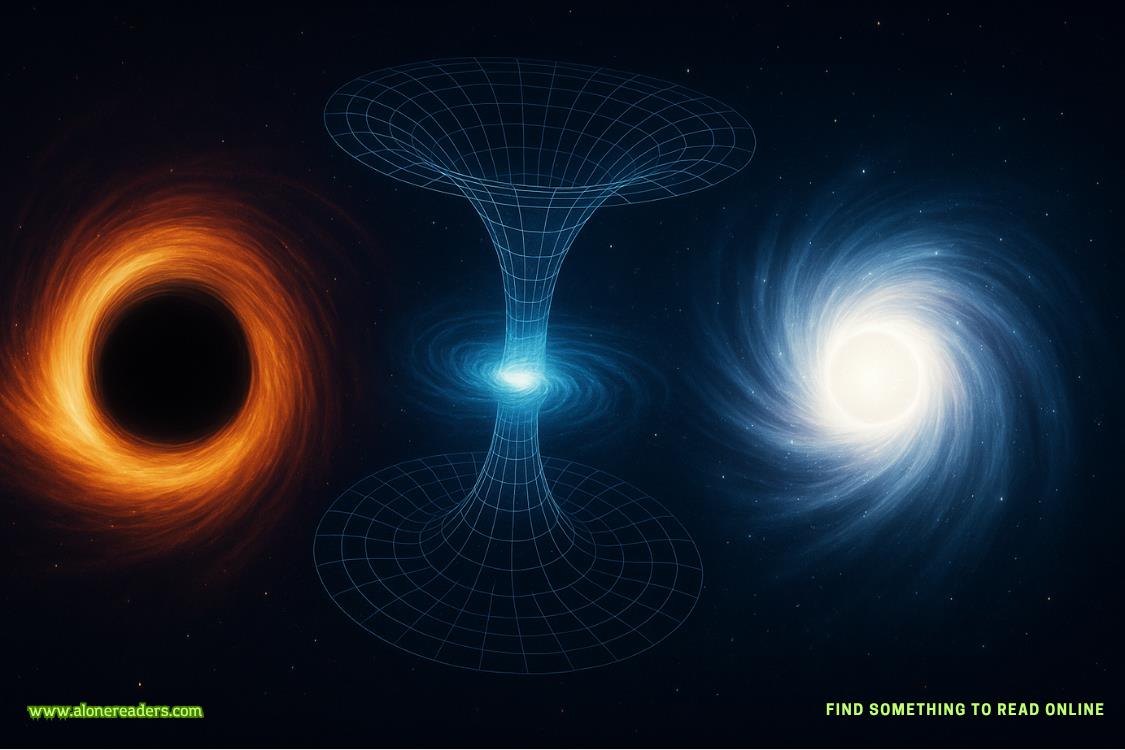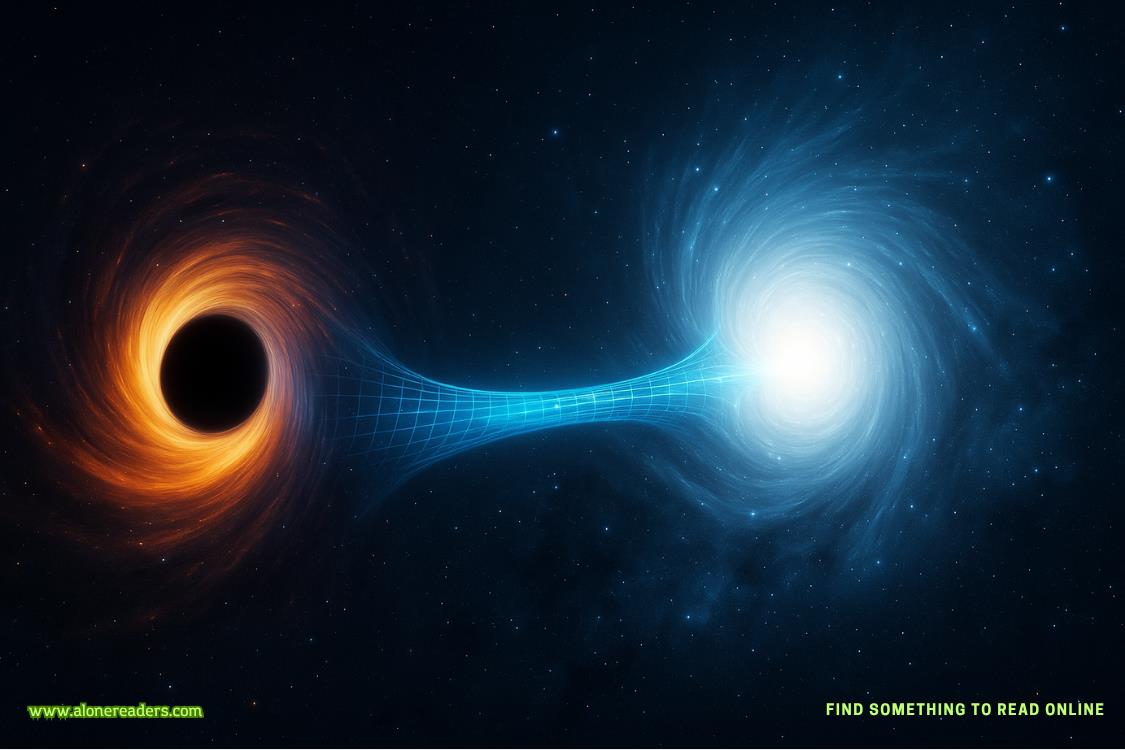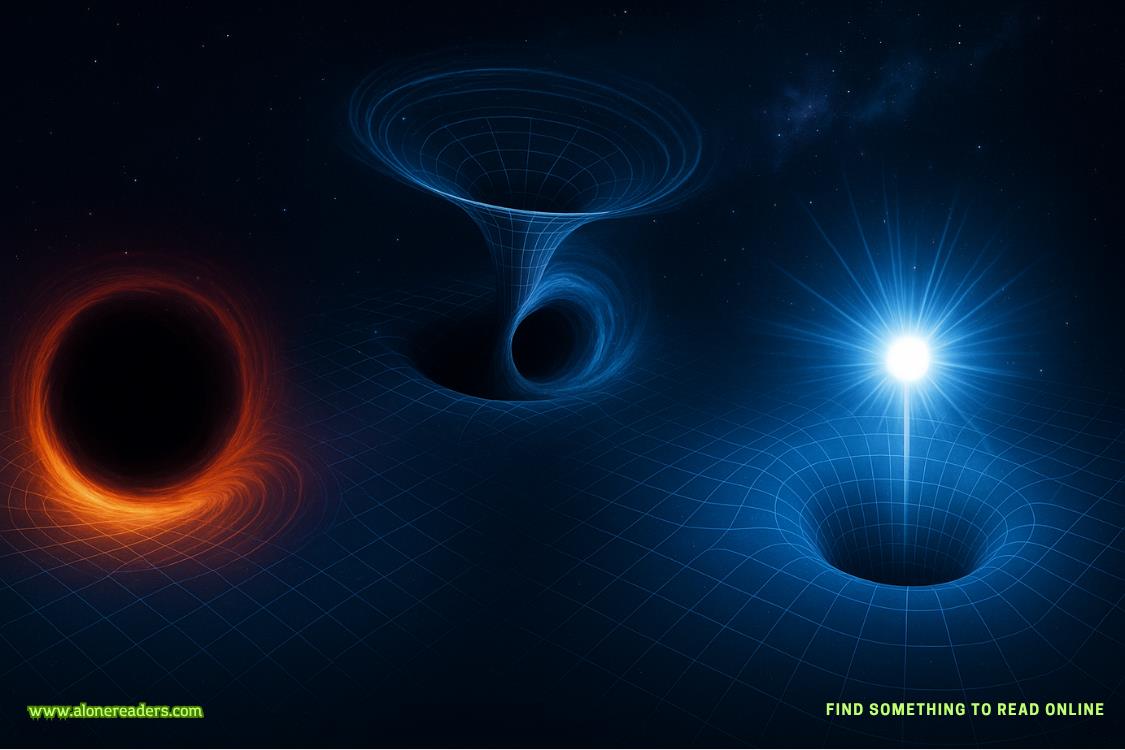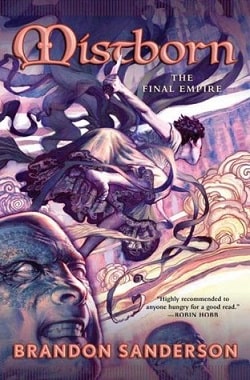Horton sighs.
“Sustained,” he says. Now he’s the one who sounds weary. “Ms. Welsh, I see that the detective in question is on your witness list. You will have ample opportunity to have him explain why he thought it was a good idea to link the science when he’s the one sitting in that chair.”
“You’re absolutely right, Your Honor,” Welsh says. “I beg the court’s forgiveness.”
Now she turns back to the witness she does have in the chair.
“You’re certain that none of the evidence you did collect was cross-contaminated in any way, correct?” she asks.
“It was not.”
Welsh turns to Judge Horton. “If it would please the court, we can put slides up on the screen showing that the DNA Mr. Salzman found and the DNA from the defendant are a match,” she says.
“Not necessary,” I say from behind her. “We get the picture, counselor. Literally.”
It goes on like this for several more minutes. I let Welsh run with the guy, until she’s clearly winding down, saying, “Just a couple of more questions, starting with this one: Mr. Salzman, in a world where we’ve been conditioned to people constantly manipulating the truth, DNA doesn’t lie, does it?”
“Not in my experience, no, ma’am.”
If it bothers Katherine Welsh being “ma’am”ed, she hides it extremely well.
“And in your thorough forensic examination of the crime scene, did you recover any other evidence for which you found a match in the database?”
“No, I did not.”
Welsh gives me a look, then turns to the jury.
“So that the jury gets this picture—literally—we have the defendant’s DNA found where police found the three bodies. We have the murder weapon found at thedefendant’shome in New York City. And, just to make the total picture even more damning, we have a time-stamped photograph of the defendant in the immediate vicinity of the Carson home.”
“Objection,” I say. “I’m sorry, did I miss a question there for the witness?”
“Sustained,” Judge Horton says. “I was hopeful that it wasthe beginning of a question, Ms. Welsh, until it turned into what I unfortunately have to describe as speechifying.”
“Understood,” Welsh says. “Here is my last question for you, Mr. Salzman. Is there any doubt in your mind, in light of evidence that you yourself collected, that the defendant was the last person to see Hank Carson, and his wife, and his teenage daughter alive on the night in question?”
“I’m a scientist,” Salzman says. “Scientists deal in evidence, then test the evidence. It’s not our job to prove things. All we can do is report our conclusions.”
It’s not an answer, but clearly Katherine Welsh doesn’t give a rip whether it is or not.
“And all of us in this courtroom know what the conclusion is, don’t we?” she says.
She’s not looking at him. She’s looking at the jury again.
Then she sits down.
Rob Jacobson, face red and angry all over again, leans past Thomas McGoey and whispers to me, “Why the hell did you just let her leave it like that?”
“Because now I get a turn,” I say.
SEVENTY
“HAVE YOU EVER TESTIFIED at a murder trial before, Mr. Salzman?” I begin by asking.
“No, ma’am.”
I turn to the jury and open my eyes wide. “Ma’am? I heard you call Ms. Welsh that. You can’t possibly think I’m as old as she is, can you?”
I see some of the women in the box laugh.




